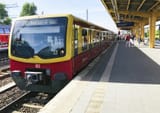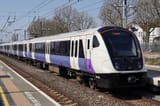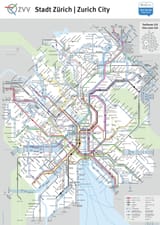Anonymous
5/19/2025, 1:43:25 AM No.2040819
/n/, is it really necessary for a metropolitan area to have all three of the following rail transit modes?
>Metro/Subway (dense, high-capacity urban service)
>Suburban/Regional Rail (extremely high-capacity, long-distance service)
>Light Rail/Tram (medium to low-capacity, local service)
Or is it more efficient to adopt a more streamlined approach—for example, a high-capacity S-Bahn-style suburban-regional system like Berlin’s, paired with a hybrid Stadtbahn system like in Karlsruhe or Stuttgart, which blends elements of metro and tram?
It seems like running all three separate systems leads to higher costs and complexity—different rolling stock, infrastructure standards, control systems, and agencies. Wouldn’t a well-integrated two-mode setup be more cost-effective and easier to manage?
>Metro/Subway (dense, high-capacity urban service)
>Suburban/Regional Rail (extremely high-capacity, long-distance service)
>Light Rail/Tram (medium to low-capacity, local service)
Or is it more efficient to adopt a more streamlined approach—for example, a high-capacity S-Bahn-style suburban-regional system like Berlin’s, paired with a hybrid Stadtbahn system like in Karlsruhe or Stuttgart, which blends elements of metro and tram?
It seems like running all three separate systems leads to higher costs and complexity—different rolling stock, infrastructure standards, control systems, and agencies. Wouldn’t a well-integrated two-mode setup be more cost-effective and easier to manage?
Replies:


